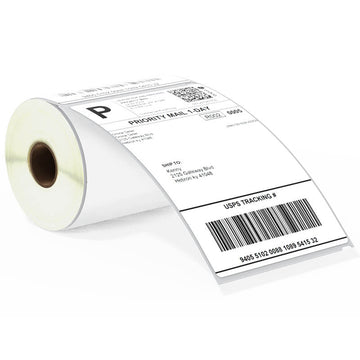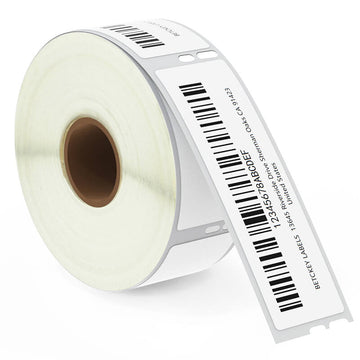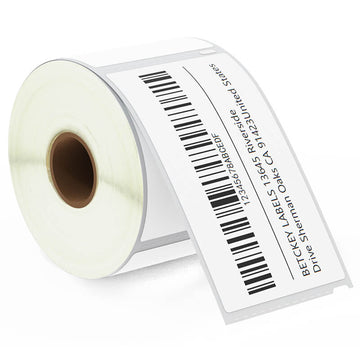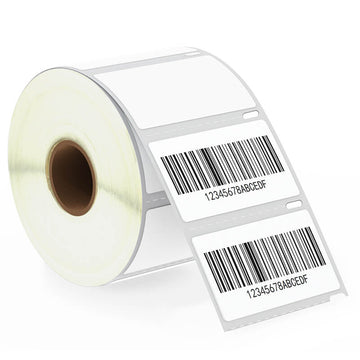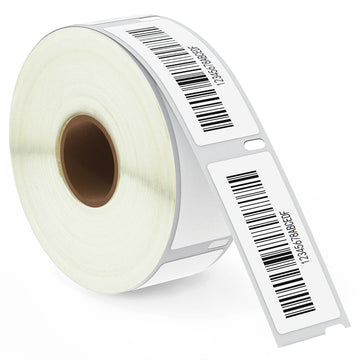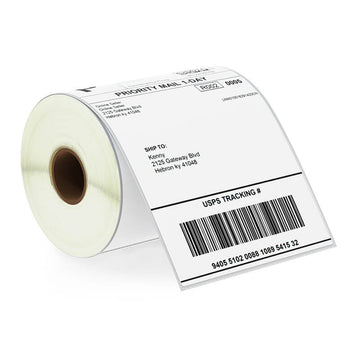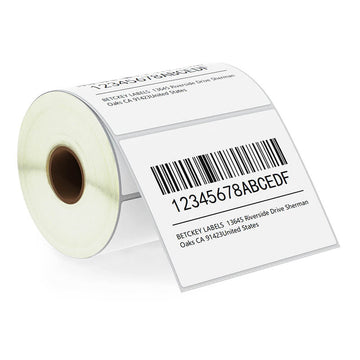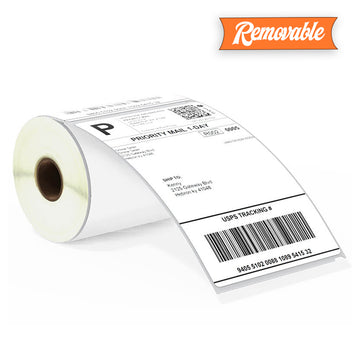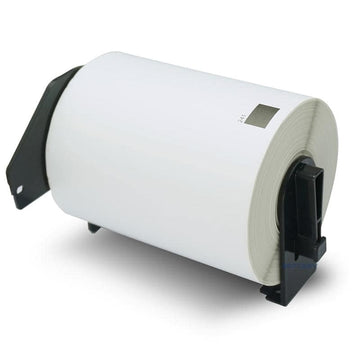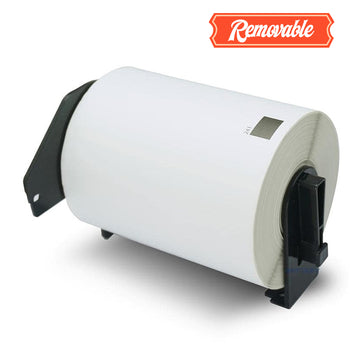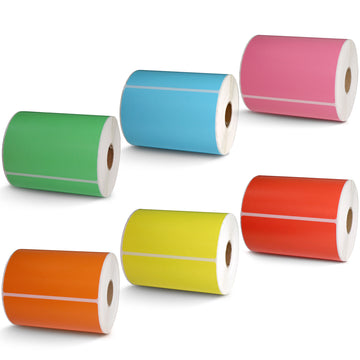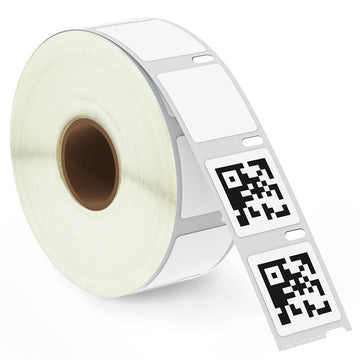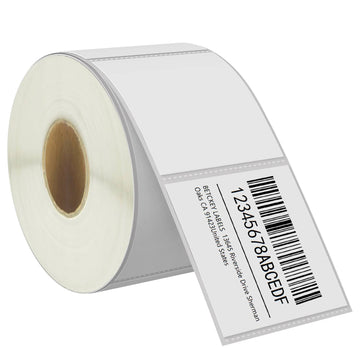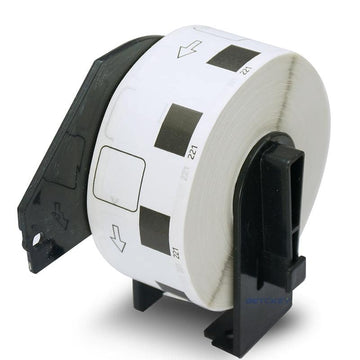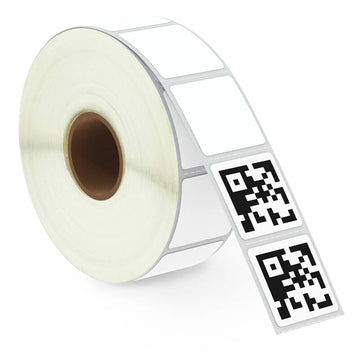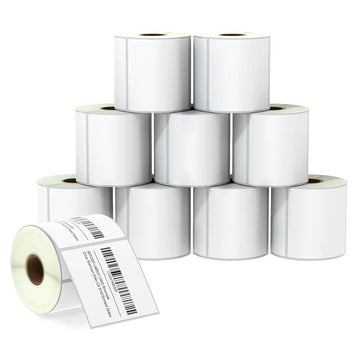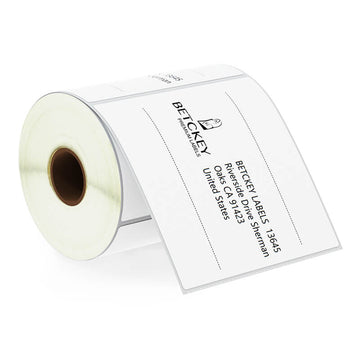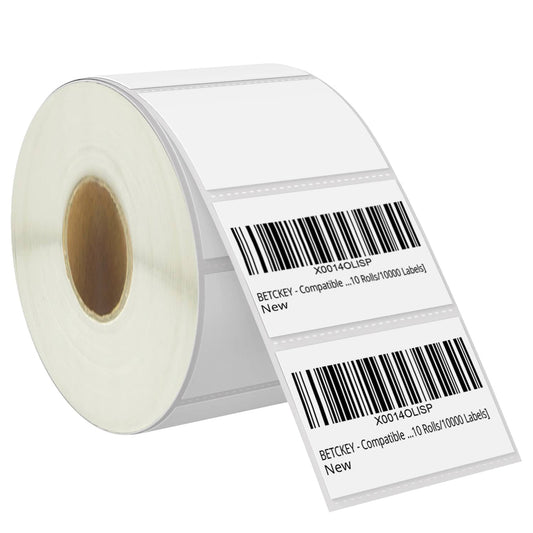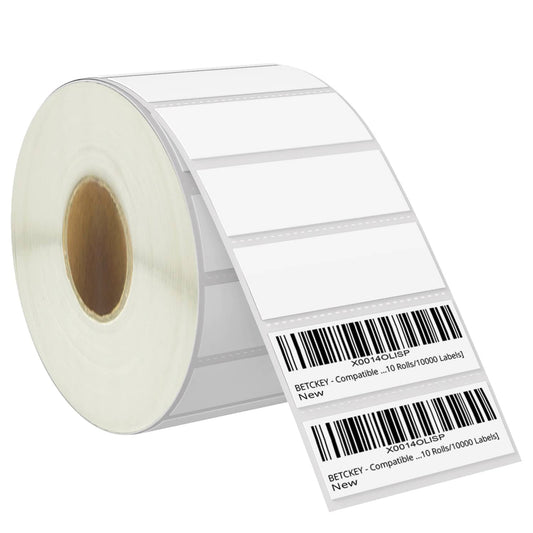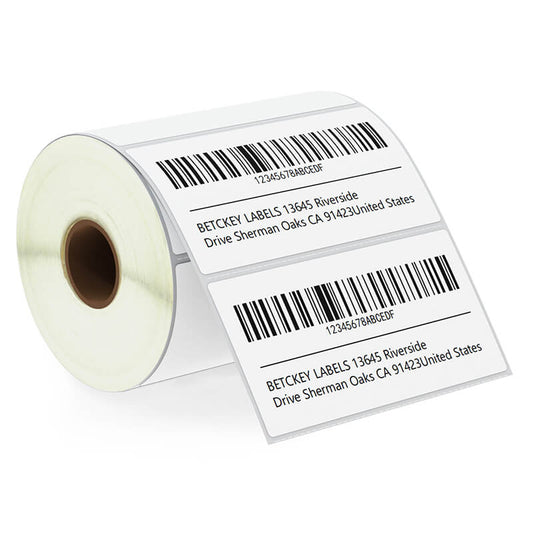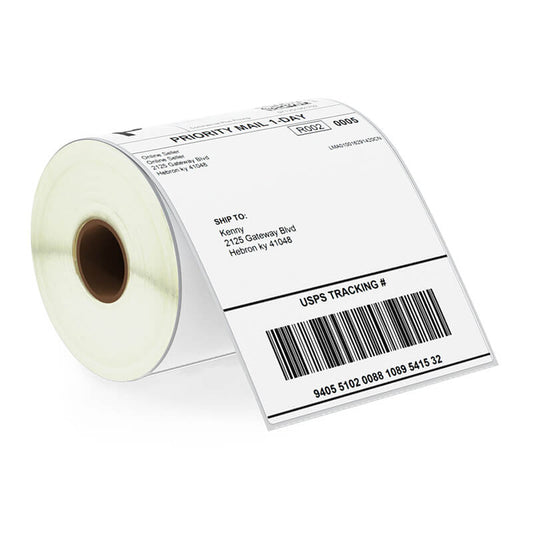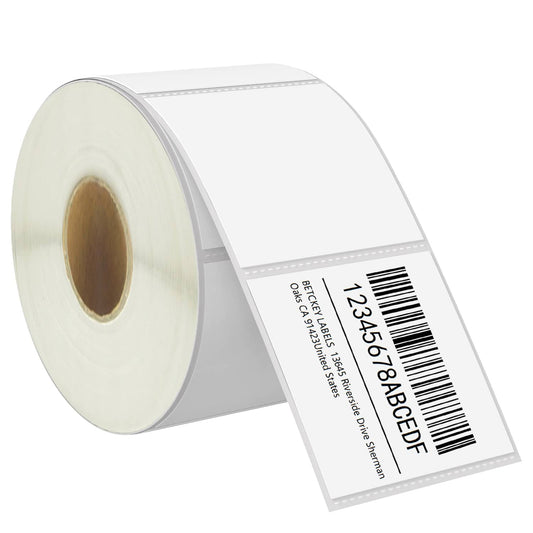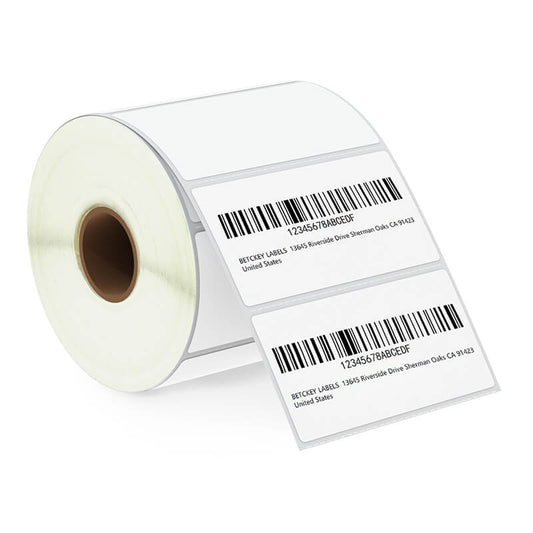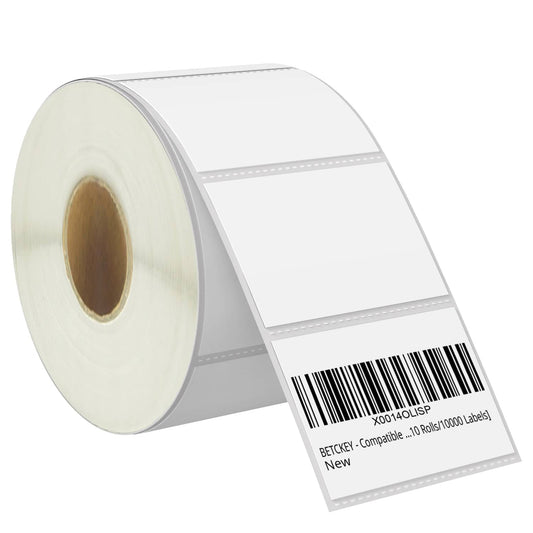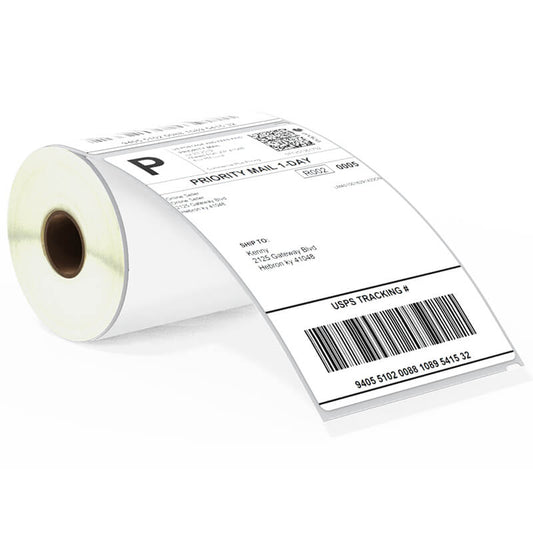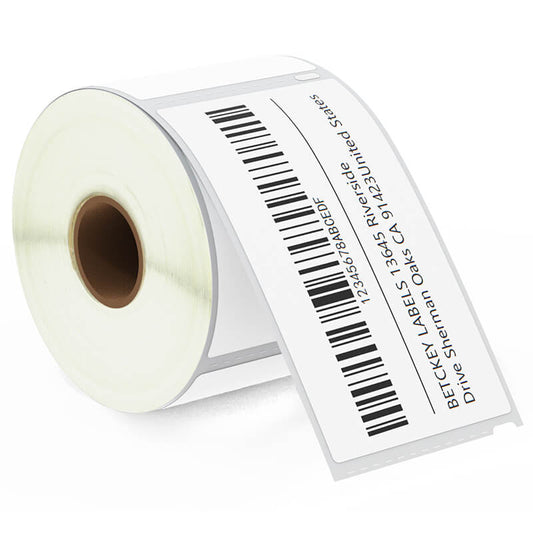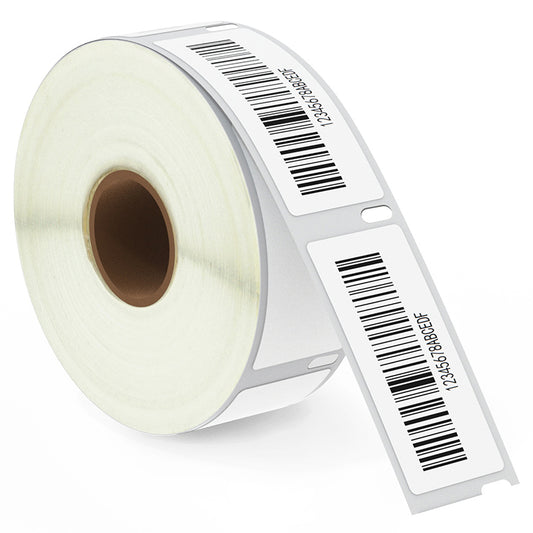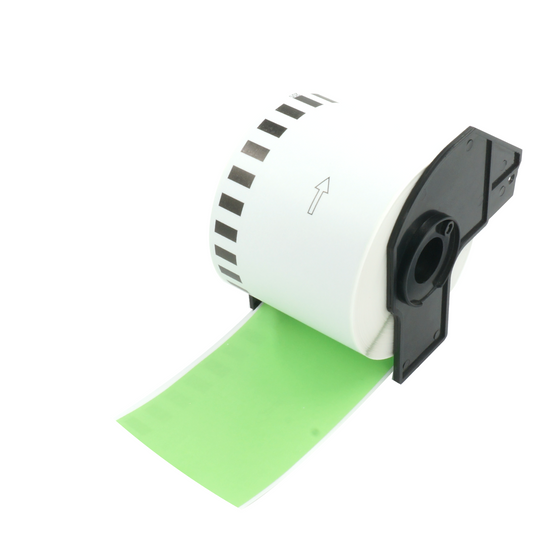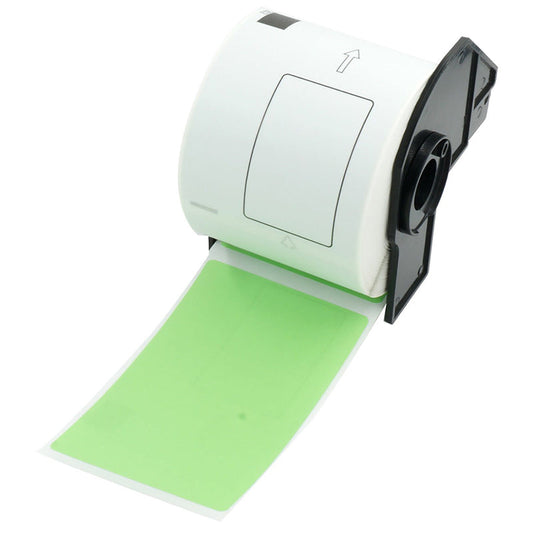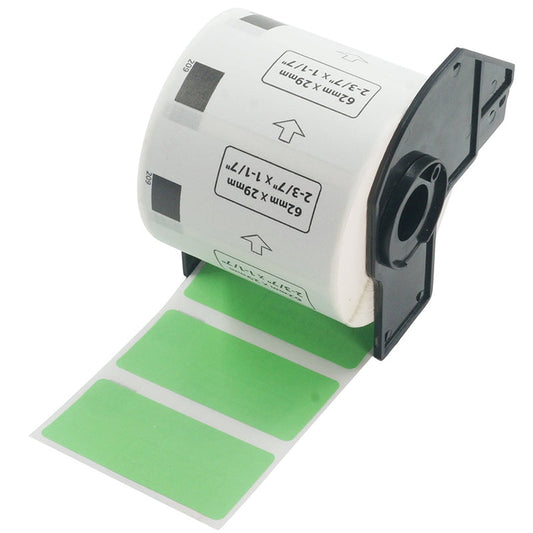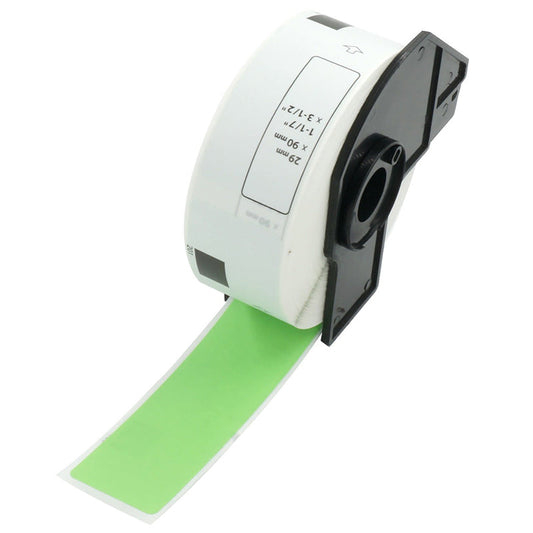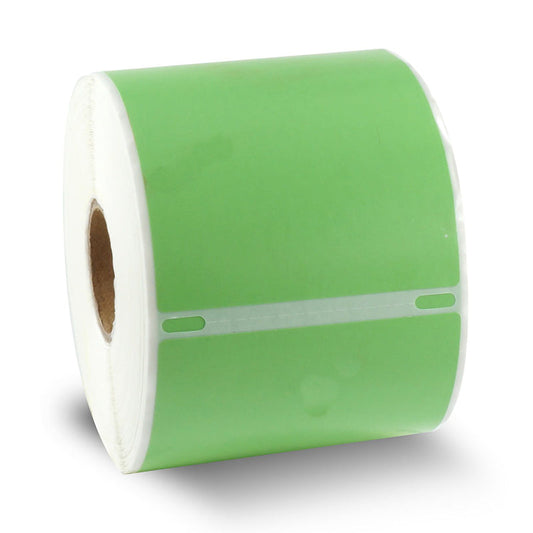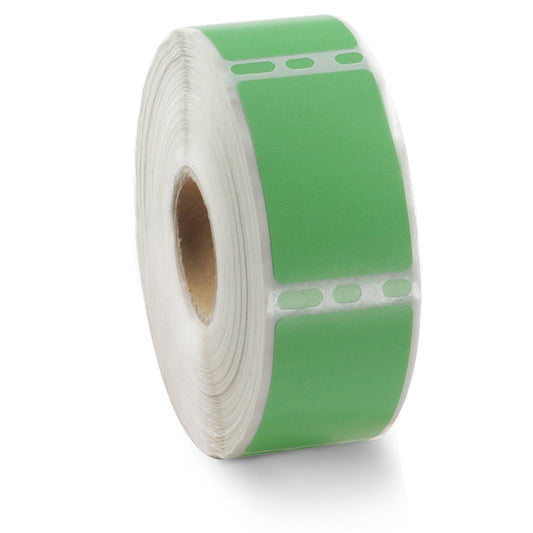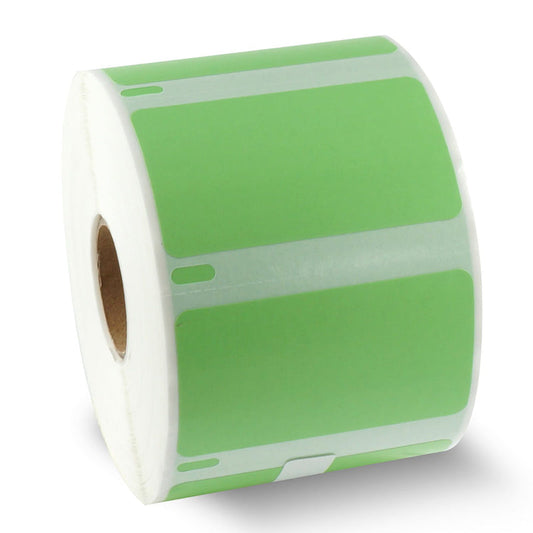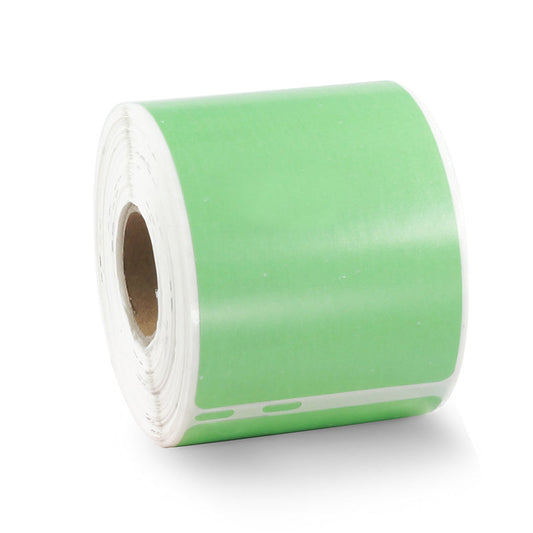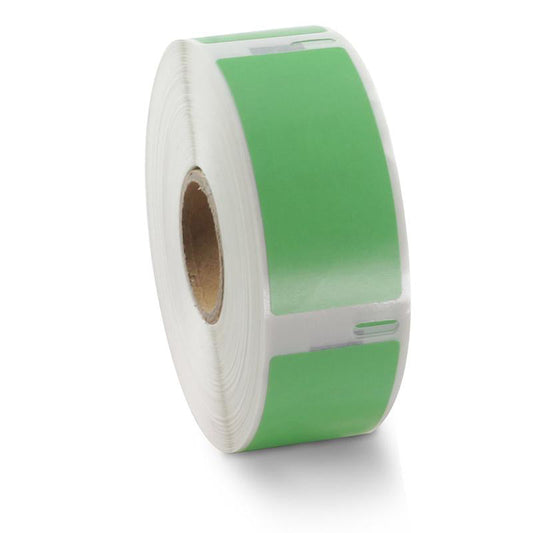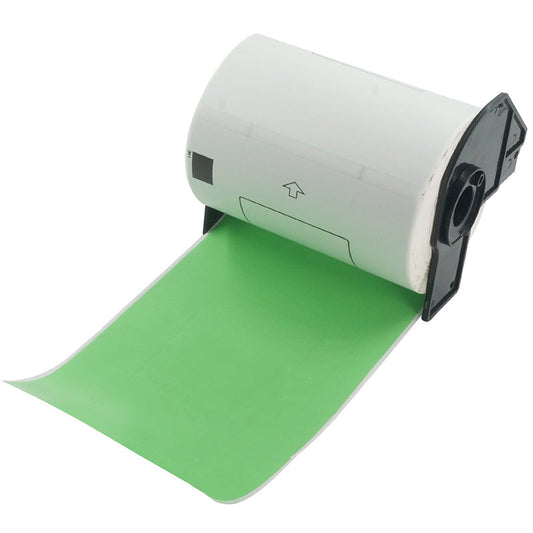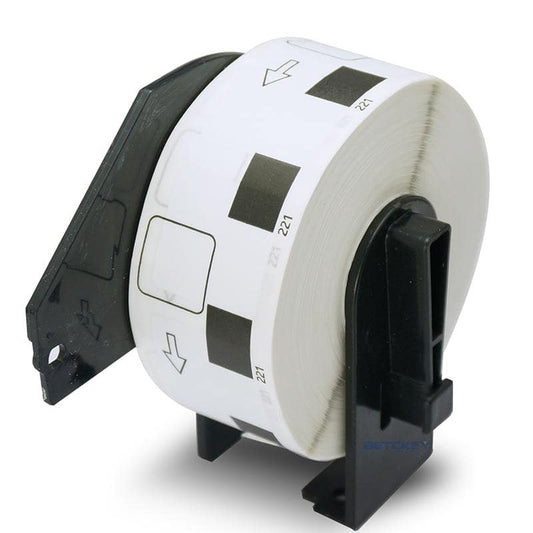There are several types of inventory labels, each designed for different tracking, identification, and storage needs within a business or warehouse. These labels help streamline operations, ensure accurate stock levels, and reduce manual errors. Below is a detailed breakdown of the most common inventory label types:
🔸 1. Barcode Labels
Description: Contain 1D or 2D barcodes (e.g., Code 128, QR code) that can be scanned.
Purpose: Fast item identification, tracking, and data entry.
Use Cases: Warehouses, retail inventory, logistics.
Materials: Paper, polyester, or polypropylene.
🔸 2. QR Code Labels
Description: A type of 2D barcode that stores more information than traditional barcodes.
Purpose: Enables mobile scanning, access to product info, manuals, or websites.
Use Cases: Product packaging, asset tracking, equipment inventory.
Benefit: Scannable by smartphones and scanners alike.
🔸 3. Serial Number Labels
Description: Contain unique alphanumeric codes for individual items.
Purpose: Traceability, warranty management, loss prevention.
Use Cases: Electronics, machinery, tools, high-value goods.
Often combined with: Barcodes or QR codes.
🔸 4. Location Labels
Description: Identify warehouse zones, shelves, bins, or storage locations.
Purpose: Improve navigation, picking speed, and stocking accuracy.
Formats: Alphanumeric codes (e.g., A-02-R3), sometimes with barcodes or colors.
🔸 5. Asset Tags
Description: Durable labels with barcodes or serial numbers for tracking fixed assets.
Purpose: Audit control, depreciation tracking, loss prevention.
Use Cases: IT equipment, furniture, tools.
Materials: Metalized polyester, tamper-evident film, or anodized aluminum.
🔸 6. Color-Coded Labels
Description: Use different colors to represent categories, urgency, or stock status.
Purpose: Visual identification to speed up inventory handling.
Use Cases: Inventory status (e.g., red = damaged, green = ready to ship), product type separation.
🔸 7. Lot or Batch Labels
Description: Contain lot numbers or batch IDs.
Purpose: Product recall tracking, quality control, expiration date management.
Use Cases: Food, pharmaceuticals, manufacturing.
🔸 8. Date Code or Expiration Labels
Description: Include manufacture or expiration dates.
Purpose: FIFO/LIFO stock rotation, compliance.
Use Cases: Perishables, chemicals, medicine.
🔸 9. Removable or Temporary Labels
Description: Made with low-tack adhesive for easy removal.
Purpose: Temporary inventory tracking or short-term identification.
Use Cases: Seasonal goods, rental inventory, returned stock.
🔸 10. RFID Inventory Labels
Description: Include a chip that stores data readable via radio waves.
Purpose: Enables non-line-of-sight, batch inventory tracking.
Use Cases: High-volume warehouses, automated systems, apparel.
🔸 11. Inventory Count Labels
Description: Used during physical or cycle counts to flag items or sections.
Purpose: Organize and validate inventory counts.
Use Cases: Annual audits, inventory spot checks.

